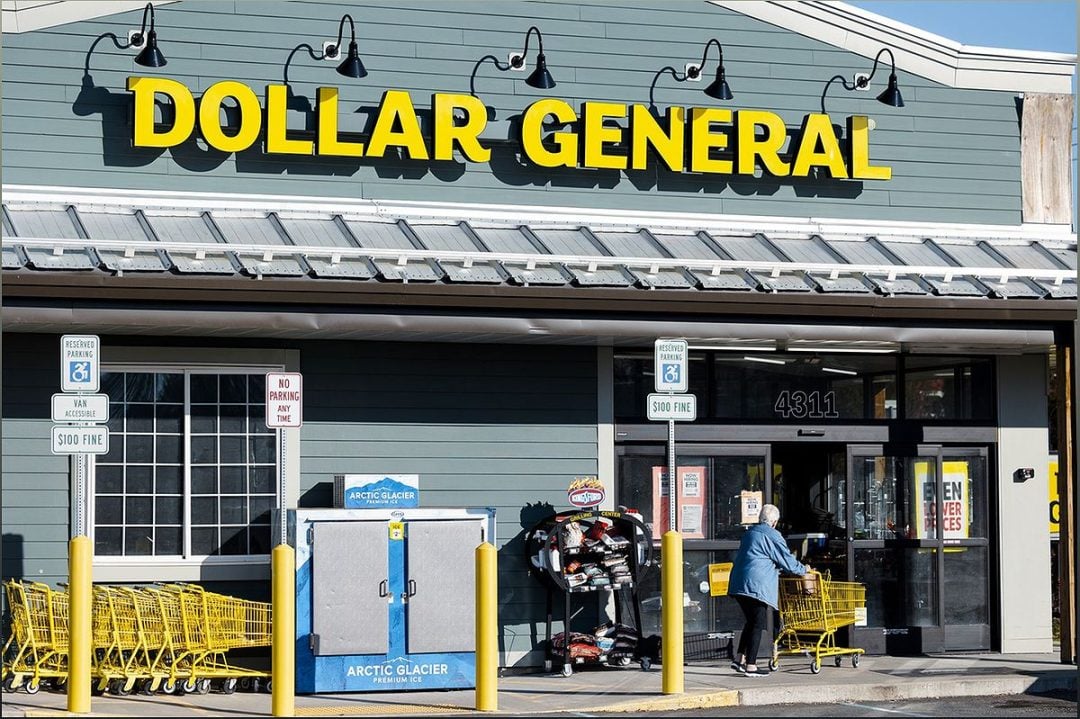Dollar General Reverses Self-Checkout Strategy: A Shift Towards Improved Customer Experience
In a strategic move, Dollar General is reevaluating its reliance on self-checkout technology. CEO Todd Vasos acknowledges the need to prioritize customer satisfaction and aims to improve the overall shopping experience. By reassigning workers to the front of the stores, Dollar General aims to reduce merchandise losses and provide a more personalized checkout process. Joining other retailers in this shift, Dollar General recognizes the importance of striking a balance between convenience and customer service. Learn more about this industry trend and how it aims to benefit shoppers.
Dollar General’s Shift Towards Improved Customer Experience
Dollar General, a prominent retail chain, is making a strategic shift in its approach to self-checkout technology. Recognizing the importance of customer satisfaction, CEO Todd Vasos has decided to reevaluate the role of self-checkout in their stores. This move comes as Dollar General aims to enhance the overall shopping experience for its customers.

By reassessing their reliance on self-checkout, Dollar General aims to strike a balance between convenience and personalized customer service. This decision reflects a growing trend among retailers who have realized the need to prioritize human interaction and improve the checkout process for their customers.
Reassigning Workers for a More Personalized Checkout Process
In an effort to enhance the shopping experience, Dollar General has reassigned workers to the front of their stores. This strategic move aims to reduce merchandise losses and provide a more personalized checkout process for customers.
By having staff members at the checkout counters, Dollar General can ensure a smoother transaction process and address any customer concerns or questions. This shift not only improves efficiency but also allows for a more human touch in the overall shopping experience.
Addressing Shrink and Loss Prevention
Shrink, which includes shoplifting and other factors, has been a growing concern for retailers. Dollar General’s decision to reevaluate their self-checkout strategy is influenced by the need to address this issue and reduce merchandise losses.
Studies have shown that companies with self-checkout lanes experience a higher loss rate compared to the industry average. By reassigning workers to the front of the stores, Dollar General aims to deter theft and improve overall loss prevention measures.
Industry Trend: Retailers Reversing Self-Checkout Strategies
Dollar General is not the only retailer to backtrack on self-checkout. Other major players in the industry, such as Booths, Walmart, and ShopRite, have also removed or pulled back on self-checkout stations.
Five Below, a discount toy retailer, has found that stores with more self-checkout lanes have higher shrink rates and plans to increase staffed cash registers in new locations. This industry trend reflects a shift towards prioritizing customer service and finding a balance between convenience and loss prevention.
Adapting Self-Checkout Policies: Finding the Right Balance
Rather than completely eliminating self-checkout, some retailers are making adjustments to their policies. Target and Costco, for example, are restricting self-checkout to customers buying a limited number of items or adding more staff in self-checkout areas.
These measures aim to ensure a smoother and more efficient checkout process while still offering the convenience of self-checkout for customers. By finding the right balance, retailers can provide a positive shopping experience while addressing concerns related to shrink and loss prevention.
